Most hardware hackers have a clock project or two under their belt. A pretty common modification to a generic clock is to add lights to it, and if the clock has an alarm feature, it’s not too big of a stretch to try to get those lights to simulate a sunrise for a natural, peaceful morning alarm. The problem that a lot of us run across, though, is wiring up enough LEDs with enough diffusion to make the effect work properly and actually get us out of bed without an annoying buzzer.
Luckily for all of us, [jarek319] came up with an elegant and simple solution that should revolutionize all future sunrise alarm clock builds. He found a cheap OLED display and drove it with an LM317 voltage regulator. By driving the ADJ pin on the regulator, he was able to effectively drive the OLED with a makeshift PWM signal. This allows the OLED’s brightness to be controlled. [jarek319] threw some NTP code up on an ESP12E and did a little bit of programming for the alarm, and the problem is solved.
While an OLED is pretty much the perfect solution for a sunrise alarm clock, if you have a problem sourcing one or are just looking for an excuse to use up a strip of addressable LEDs, you can build a sunrise alarm clock out of almost any other light source.

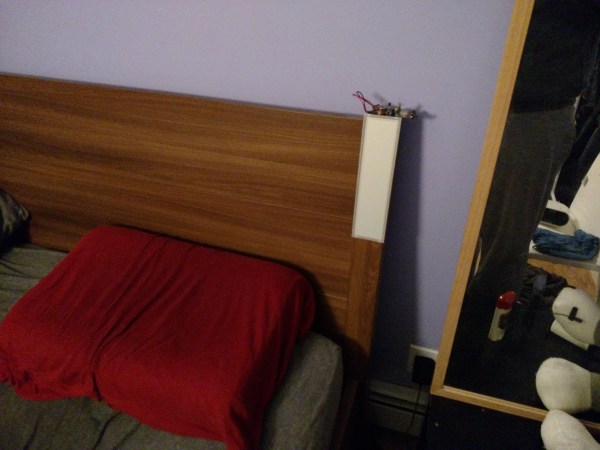
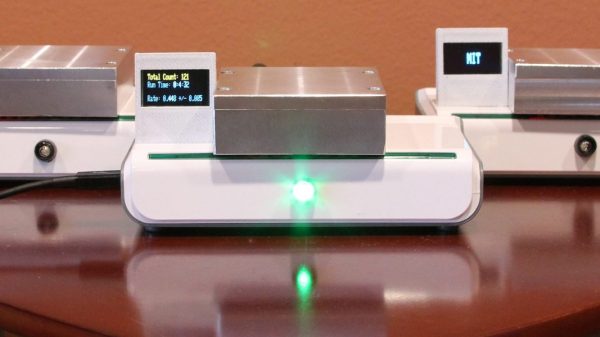
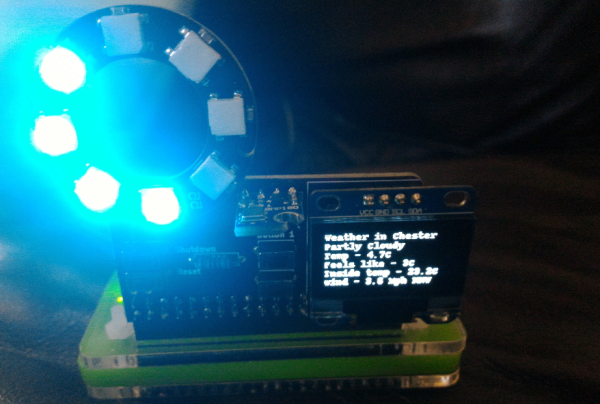
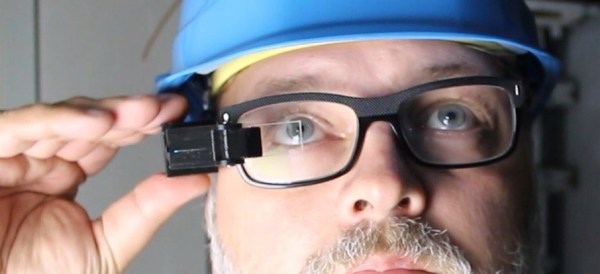



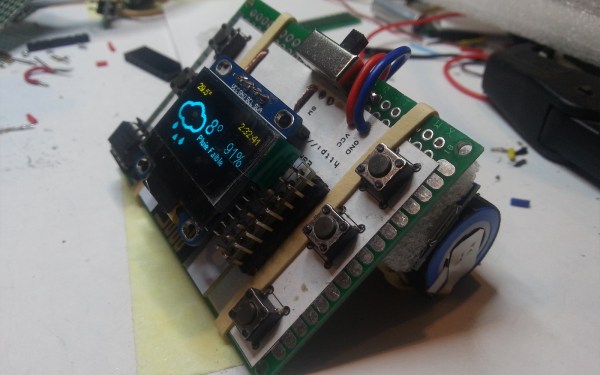
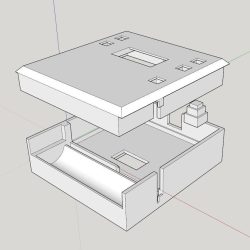




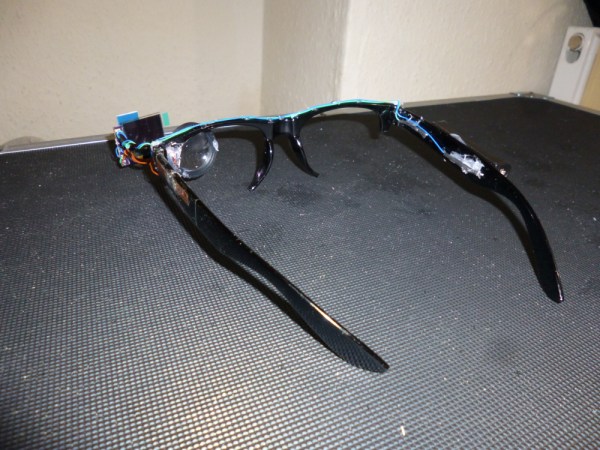
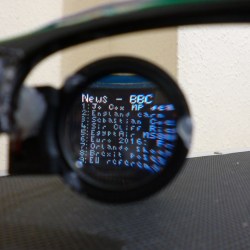 For his project, [Harris Shallcross] used a small 0.95″ diagonal 96×64 color OLED as the display. The lens is from a knockoff Google Cardboard headset, and is held in a 3D printed piece that slides along a wire rail to adjust focus. The display uses a custom font and is driven by an STM32 microcontroller on a small custom PCB, with an HM11 BLE module to receive data wirelessly. Power is provided by a rechargeable lithium-ion battery with a boost converter. An Android app handles sending small packets of data over Bluetooth for display. The prototype software handles display of time and date, calendar, BBC news feed, or weather information.
For his project, [Harris Shallcross] used a small 0.95″ diagonal 96×64 color OLED as the display. The lens is from a knockoff Google Cardboard headset, and is held in a 3D printed piece that slides along a wire rail to adjust focus. The display uses a custom font and is driven by an STM32 microcontroller on a small custom PCB, with an HM11 BLE module to receive data wirelessly. Power is provided by a rechargeable lithium-ion battery with a boost converter. An Android app handles sending small packets of data over Bluetooth for display. The prototype software handles display of time and date, calendar, BBC news feed, or weather information.








